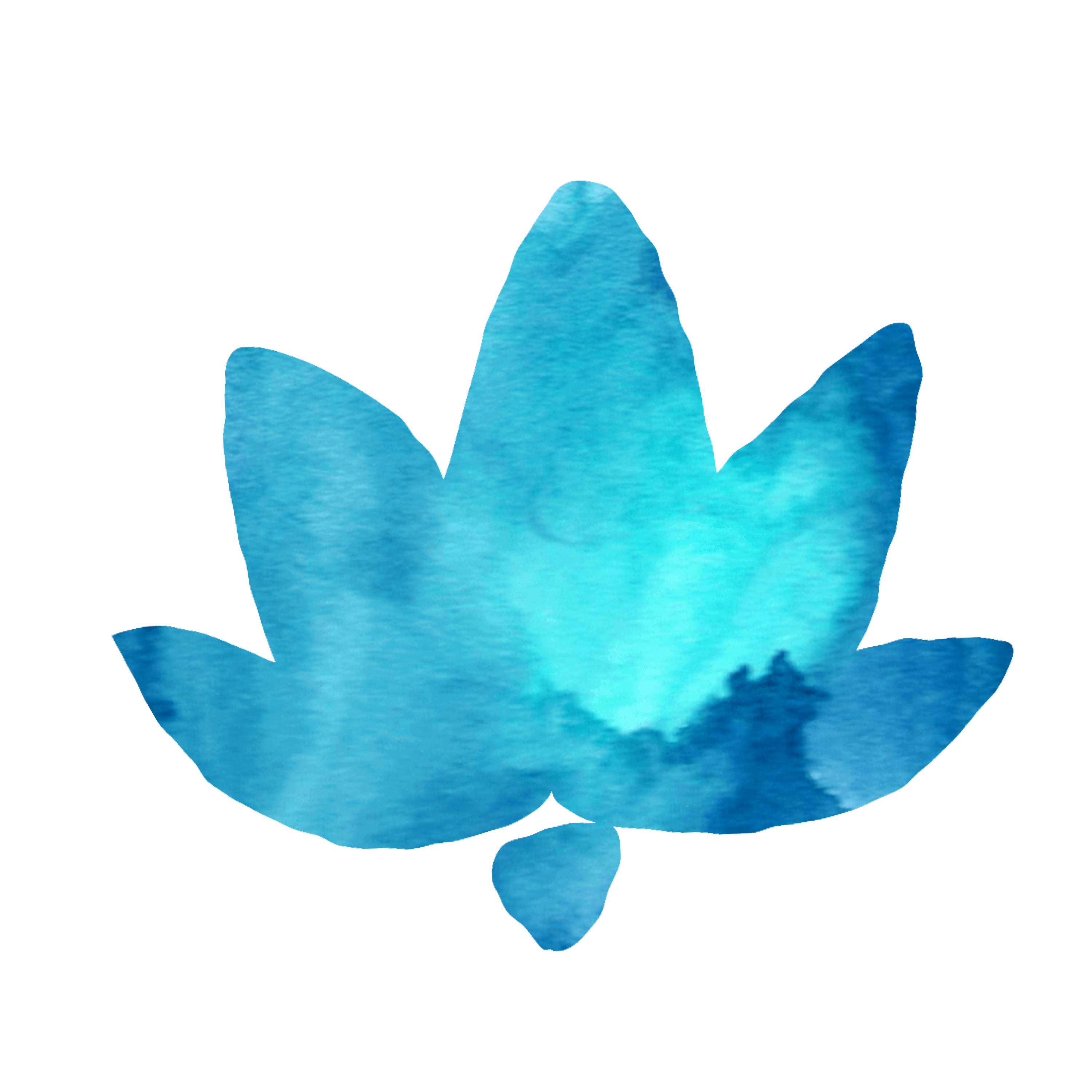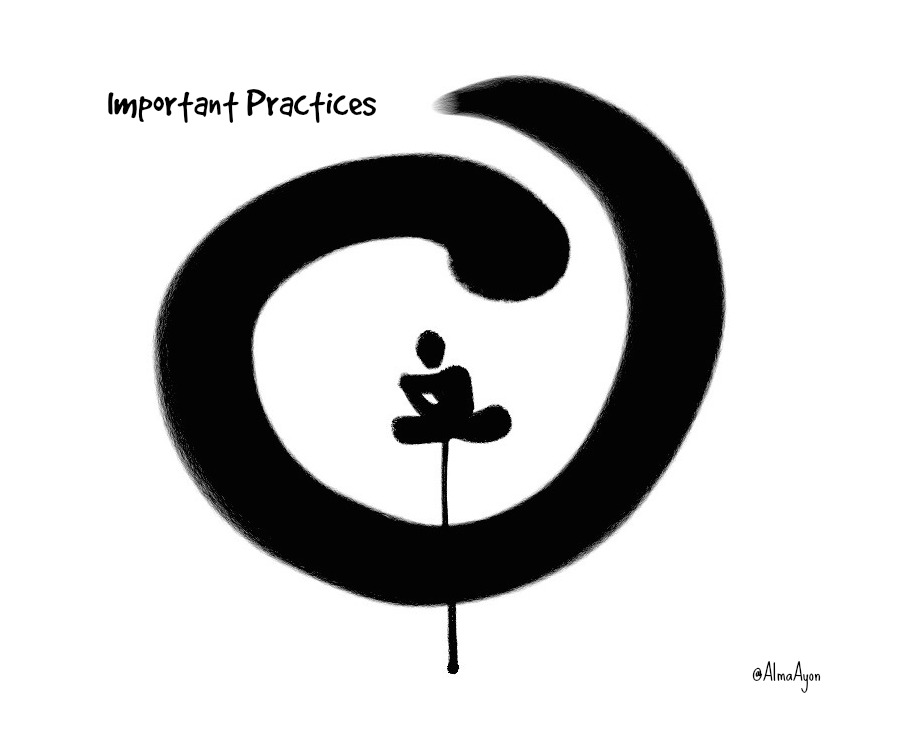by Alma Ayon | Mar 5, 2019 | blog, reflections, Uncategorized
As a meditation teacher and artist, I'm involved in several
projects. My strategy is to meditate in between projects.
When you meditate, your mind rests from conceptual thinking. In that moment goals don't matter, you find peace and happiness in the present.
After your meditation, focus on the project you feel more excited about. When you finish it or when you feel you can't do anymore of that, allow yourself to go into Savasana posture, that is laying on your back with your arms to the sides and a little pillow on your head, you can also adopt the traditional sitting posture. Then do a Mindfulness of Breathing Meditation, 24 min is good, but it can be shorter, longer would be excellent.
After your session, repeat the process. Try to mantain a continuity on your mindfulness so you can enter easily into a state of flow in your next activity.
by Alma Ayon | Feb 18, 2019 | blog, emotions, meditations
In the context of the Shamatha practice of Settling the Mind if any emotion, for example, anger arises during a meditation session you can become aware of its arising but it's different than watching a thought, it's more like your whole experience is suddenly tainted by the emotion, if you then sit still and watch it, you can also become aware of its dissolution.
In the context of the practices of the Applications of Mindfulness and Vipashyana, you can apply inquiry and ask, where is anger located? Where do I feel it, in my belly, in my head, etc? Does it has color, shape, etc? And investigate. By doing this you can gain insight into its empty nature. Also by directing your attention to the emotion instead of the referent which are the thoughts that feed it, in other words, by not following the thoughts that give rise to anger, then the emotion will start dissolving.
When practicing in the context of Ethical Conduct while engaged in activities an interactions with other people, there are several antidotes that can be applied such as not talking, taking space, practicing patience, etc., there are many suggestions from Santideva and other great masters.
When practicing in the context of Dzogchen, you recognize anger as a manifestation of mirrorlike wisdom of primordial consciousness and it self liberates.
The important thing is to practice something, sometimes you will be able to see it arise and without any grasping it will be self-liberated, other times you will be completely dominated but you will still have time to apply an antidote and avoiding letting it transform into hurtful words and actions.
On other occasions you will find yourself regretting what you did or said, but you will still be able to apply a practice of purification.
As the Masters say, using the analogy of a forest catching fire, if you see a sparkle you might be able to stop it by quickly stepping on it, but if the fire is spreading in the forest, you will need to apply stronger measures.
That's why it's so important to train in the cushion and be aware of our mental state at all times in between sessions.
by Alma Ayon | Jul 1, 2018 | blog, reflections
There are all these self-proclaimed meditation teachers that make a mixture of meditations, and keep it at a superficial level, promoting meditation as a way to feel happier, blissful, and less stressed. They usually teach bare attention, mindfulness and insight, in the wrong way.
You have to be careful because practicing meditation in this way is only going to lead you to get attached to peace, bliss, and happy feelings. Buddha, the greatest meditation teacher of all times, teaches us not to waste our time dwelling on the bliss and peace of a concentrated mind which is achieved through tranquility meditation, but to move forward to the analysis and uderstanding of reality with the practice of insight meditation or Vipassana.
Now, watch out! there's another big misunderstanding in our present world. Lots of people are skipping the necessary practice of tranquility meditation to go directly into insight meditation. The problem is they are just practicing bare attention instead of vipassana or insight meditation. Why are they doing this? Mainly because they have bad meditation teachers.
Bare attention can be useful, sure, it's better to be paying attention than being distracted. In the same way, the "be here now" instruction taught by all these new age teachers can help you be more present and less stressed. But mindfulness, is much more than that and vipassana is even more than bare attention as well.
First we need to have a good foundation on ethics, so, we need analitical meditations that help us work with anger, attachment, ignorance, pride and jealousy, and that help us cultivate compassion, loving-kindness, patience, etc. With these as a base we practice tranquility meditation to develop a concentrated peaceful mind but not just for 20 minutes a day!. Our goal is to achieve samadhi (highly focused attention), and then we don't just hangout in that peaceful focused space but we continue to develop wisdom through our practice of insight meditation.
So, don't follow those people who believe that bare attention is all there is to meditation. Study, reflect and then meditate wisely.
by Alma Ayon | May 20, 2018 | blog, videos
In this video I show you some beautiful ink forms created by accidentally spilling ink on my sink. When something spontaneous like this happens, you can enjoy contemplating how it develops as you rest your mind in the present moment.

